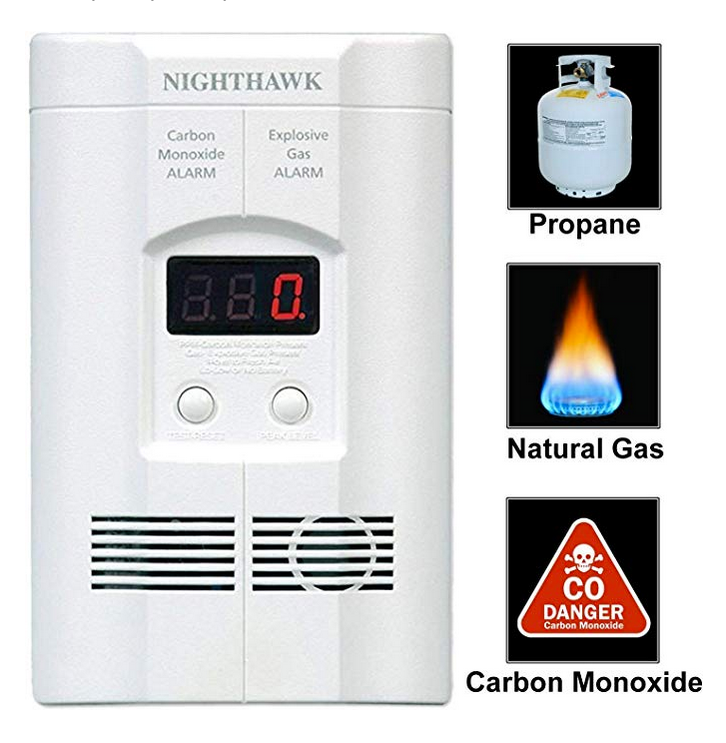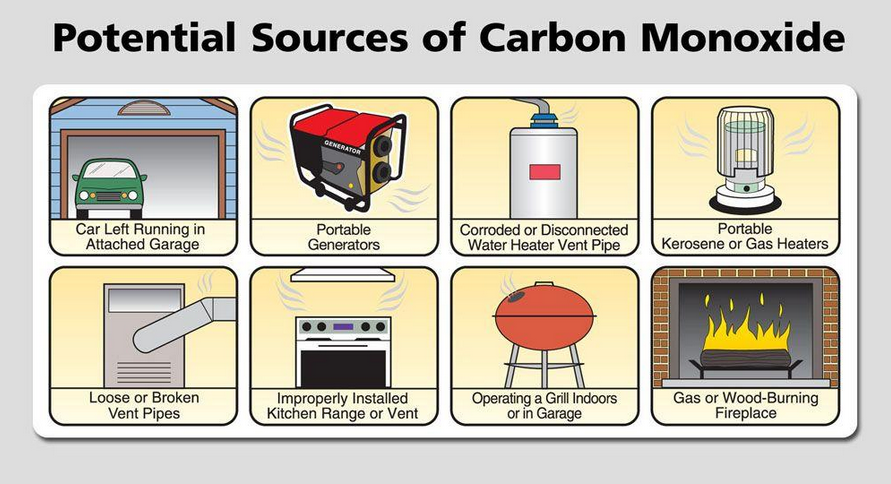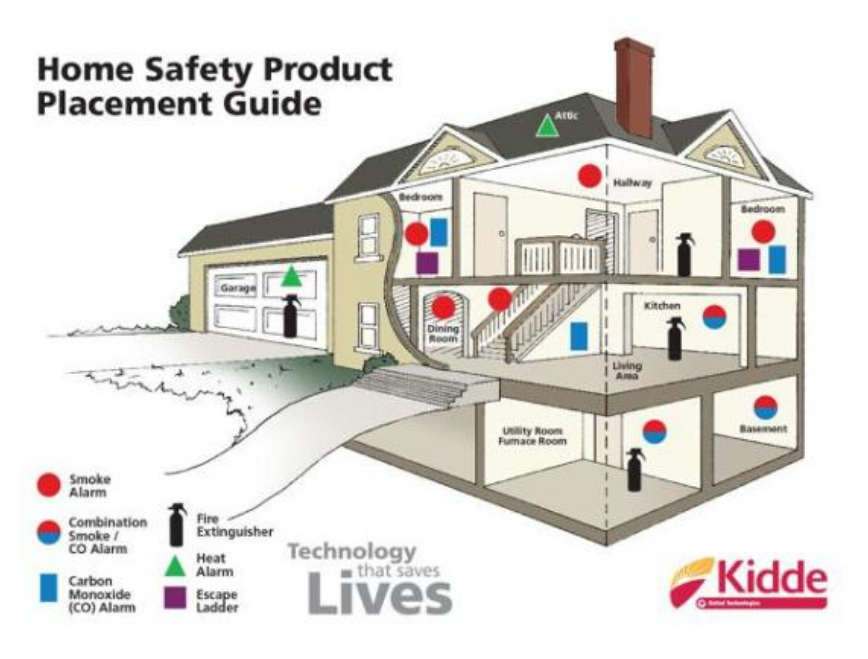

 |
-

Creative Snaps
- digital Scrapbooking by Kim Crothers

Mozilla Projects

Linkedin kevincrothers

Facebook kevinacrothers

SpeakEasy Speed Test
Install Kidde for Carbon Monoxide (CO), Natural Gas, Propane detection
Where to purchase and place these detectors in your home
These Kidde Model# 21006677 detectors can be bought at AMAZON, THE HOME DEPOT, and many other places. At least one of these detectors must be installed on each floor of your home, including the basement (if you have one). You’ll also want to consider adding a detector in your garage if it’s attached to your home. And most importantly, install one inside or directly outside of each bedroom or sleeping area. The effects of CO and Natural Gas are nearly impossible to detect when sleeping. If CO or explosive gases are detected, the alarm will sound to alert and wake you. Here’s what to keep in mind when installing these detectors in your home.
These Kidde Model# 21006677 detectors can be bought at AMAZON, THE HOME DEPOT, and many other places. At least one of these detectors must be installed on each floor of your home, including the basement (if you have one). You’ll also want to consider adding a detector in your garage if it’s attached to your home. And most importantly, install one inside or directly outside of each bedroom or sleeping area. The effects of CO and Natural Gas are nearly impossible to detect when sleeping. If CO or explosive gases are detected, the alarm will sound to alert and wake you. Here’s what to keep in mind when installing these detectors in your home.
Kidde Nighthawk™ AC Plug-in Carbon Monoxide and Explosive Gas Alarm with Digital Display - KN-COEG-3, Model# 21006677

Step 1: Visit THE HOME DEPOT and buy your Kidde Plug-In Carbon Monoxide and Explosive Gas Detector with 9V Battery Backup and Digital Display (around $60) 
|
|
Step 2: Which sources of CO and/or Explosive Gases do you have near you? 
|
|
Step 3: Read all instructions and follow installation steps and placement suggestions provided in the Kidde box. 
|
|
Step 4: Consider these installation tips - as you think about where to place these carbon monoxide and explosive gas detectors, there are a few points to keep in mind for your safety.
|
( Thursday )
[TOP OF PAGE]
|
|
|
|